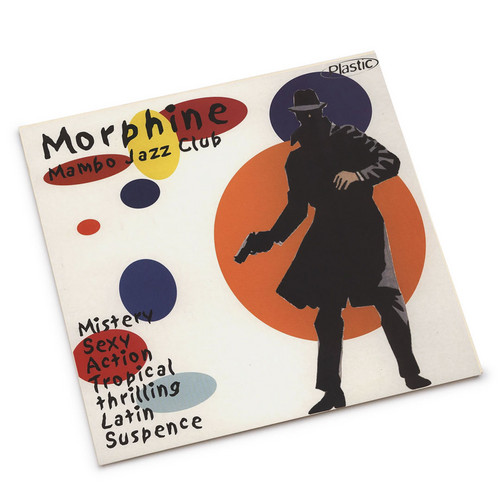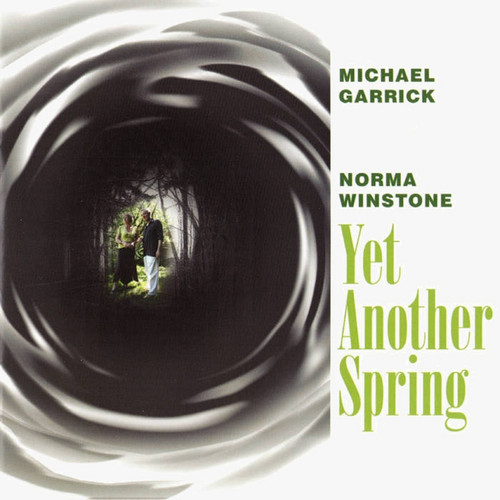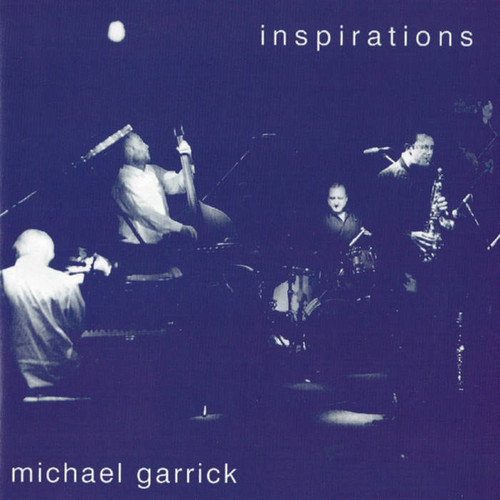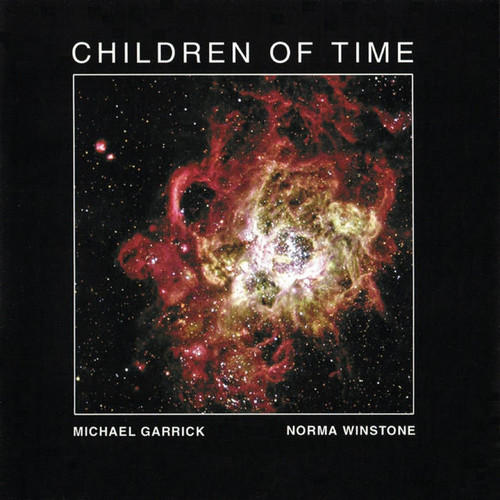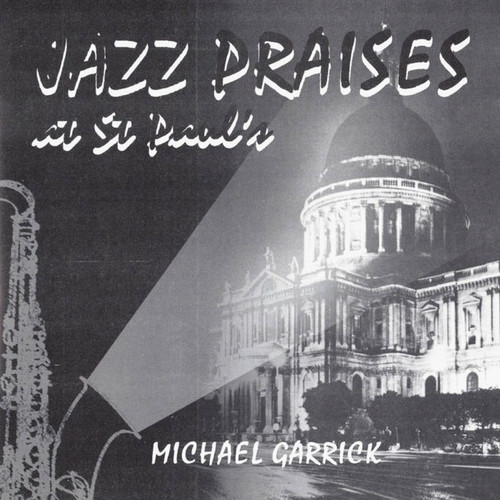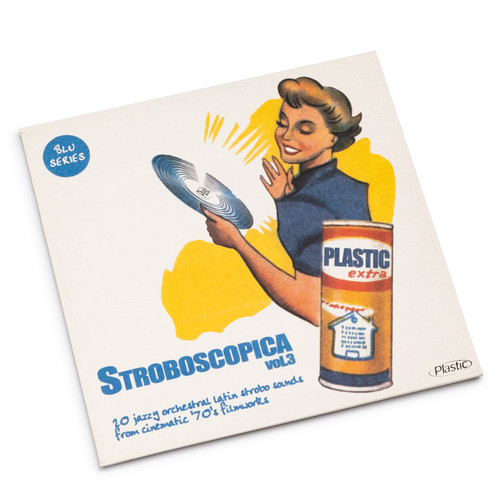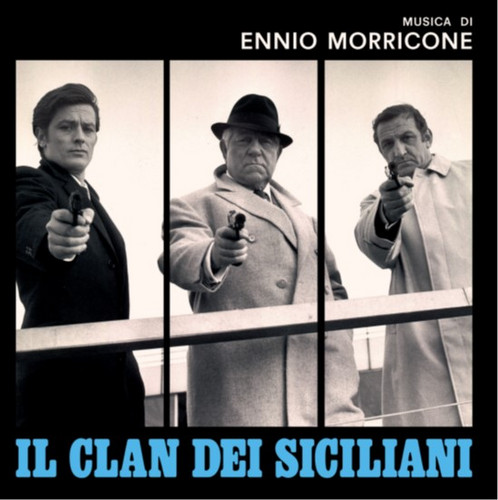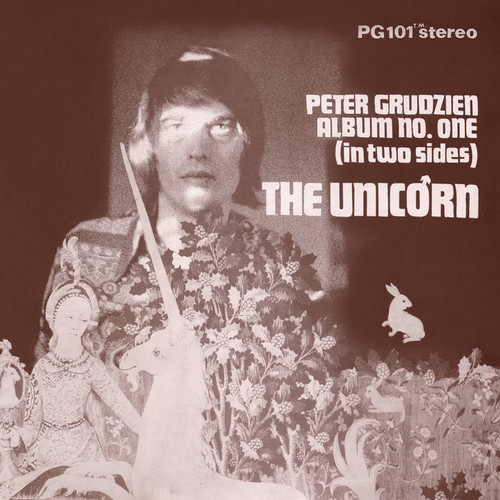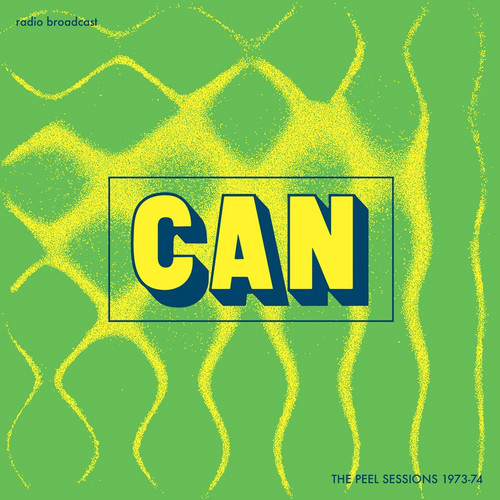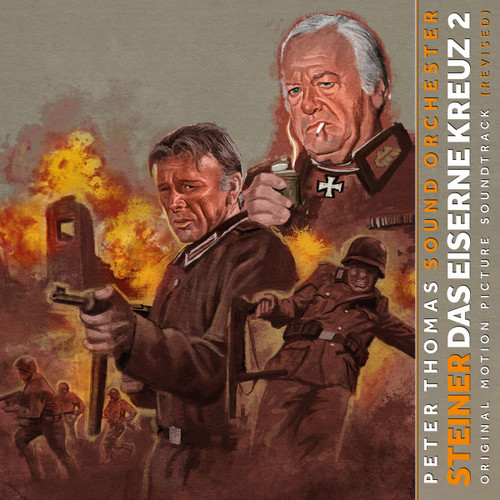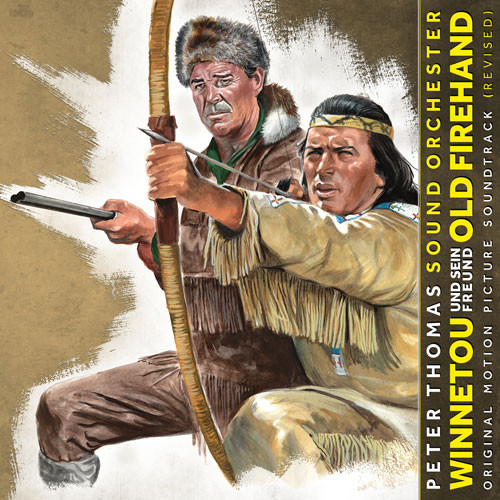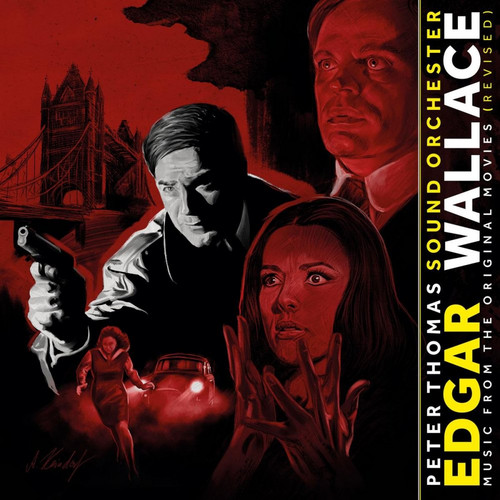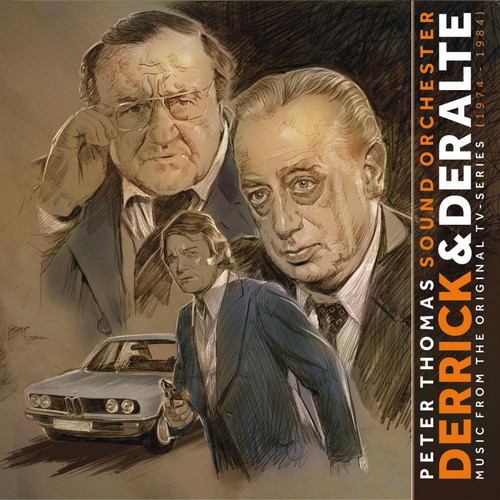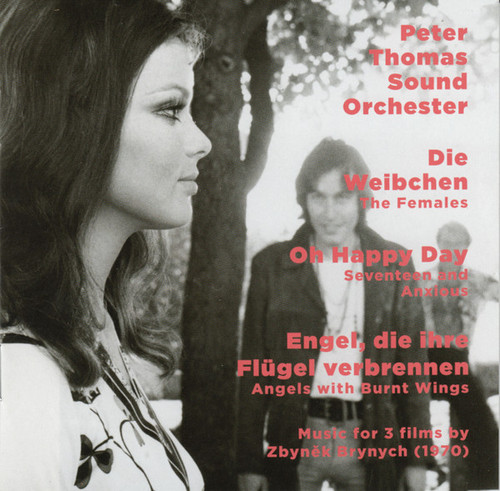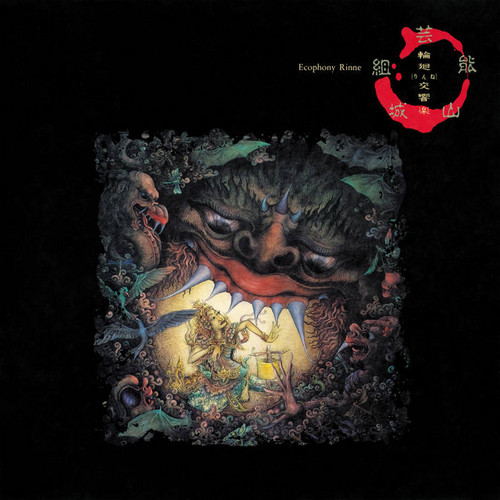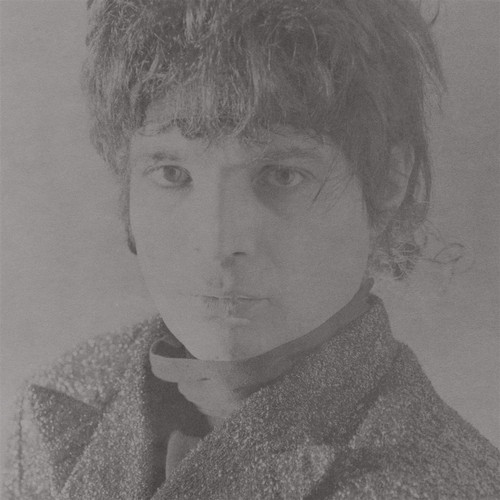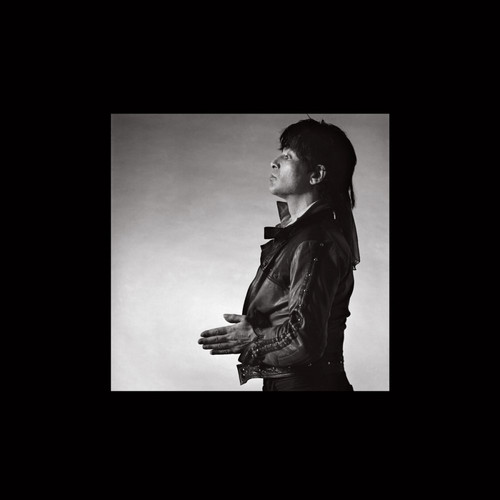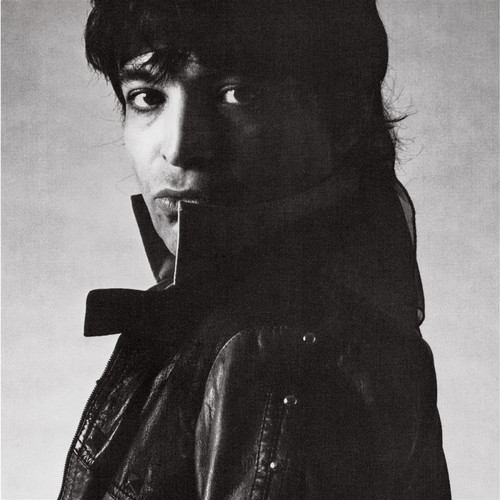Reissues
Morphine Mambo Jazz Club
Lucky Restock - Limited Quantities. Please note: these are original copies that may show minor sleeve wear due to long-term storage. The vinyl is in excellent condition. What happens when you crack open the vaults of Britain's oldest music library and let the smoke drift in? Morphine Mambo Jazz Club answers that question with eighteen cuts of mid-century tension: music conceived in dimly-lit studios for purposes no one fully remembers, now resurrected as a document of a peculiarly British form o…
Gigs: Introducing Michael Garrick
Gigs: Introducing Michael Garrick catches Michael Garrick on the bandstand rather than in the chapel, a pianist still forming his voice through standards, ballads, and early originals. This live-feeling 2008 release frames him with a tight trio setting, revealing a restless, harmonically alert player already bending the jazz canon toward his own lyric intensity.
Yet Another Spring
On Yet Another Spring, Michael Garrick enlarges his sacred-jazz universe into a full-scale orchestral meditation on birth, loss, and renewal. Scored for the Michael Garrick Jazz Orchestra with recurring features for Norma Winstone, the 2006 suite moves from intimate prayer to blazing big-band catharsis, treating the life cycle as both liturgy and drama.
Inspirations
Inspirations finds Michael Garrick turning inward with his New Quartet, distilling a lifetime of big ideas into melodic, small-group conversation. Recorded in 2006, it honours John Coltrane’s legacy without mimicry, letting Garrick, Martin Hathaway, Paul Moylan, and Alan Jackson reimagine spiritual intensity as supple, lyrical post-bop.
Children of Time
On Children of Time, Michael Garrick stretches his sacred-jazz imagination into cosmic scale, writing for the Jazz Britannia Orchestra and reuniting with vocalist Norma Winstone to explore creation myths, Eucharistic ritual, and his own visionary texts. The result is a 2006 suite that feels like a liturgy drifting through deep space, turning theology into glowing, unsettled sound.
Jazz Praises at St. Paul's
With Jazz Praises at St. Paul's, Michael Garrick welds liturgical grandeur to jazz improvisation, conjuring an atmosphere as reverent as it is free. Featuring the Michael Garrick Sextet, John Marshall, and the St. Paul’s Cathedral Choir, this 2005 release radiates both spiritual inquiry and creative boldness, transcending boundary with every motif.
Stroboscopica Vol. 3
Lucky Restock - Limited Quantities Please note: these are original copies that may show minor sleeve wear due to long-term storage. The vinyl is in excellent condition. The Hammond organ holds a chord. The drummer waits. And then - a groove so immediate, so perfectly constructed, that it feels like it has always existed, just waiting to be discovered. This is the paradox of Italian library music: composed for anonymity, destined for something greater.
Twenty tracks from the shadow zone of Italia…
Il Clan Dei Siciliani
CAM Sugar is proud to announce the definitive release of the original soundtrack composed by Ennio Morricone for Il clan dei siciliani (The Sicilian Clan) by Henri Verneuil (1969), one of the most celebrated European noir films of the late 1960s, starring Jean Gabin, Alain Delon, and Lino Ventura.
The Unicorn / The Garden Of Love
Urban hillbilly one-man-band “outsider artist” private press album from 1974. “The first psychedelic country concept album." Features bluegrass mountain music Americana from the twilight zone mixed with tape effects, musique concrete, fuzz guitar, surreal lyrics imagery and themes from religion, death, sex and other timely concerns. ”If you want to go as far out as it gets, this underground cult album from a NYC visionary provides a map. This is one of the more remarkable LPs I‘ve heard. The van…
Peel Sessions 1973-74
Peel Sessions 1973-74 is a unique collection showcasing the legendary German experimental rock band’s dynamic live performances captured for BBC Radio 1’s John Peel sessions. This album brings together raw, electrifying recordings from 1973 and 1974, highlighting Can’s groundbreaking sound that blended psychedelic rock, avant-garde, and improvisational music. Fans and newcomers alike will experience the band’s creative energy and innovative spirit in an intimate setting outside the studio.
Featu…
Steiner - Das Eiserne Kreuz II
*2025 stock* Following the immensely successful and profitable School Girl Report movies producer Wolf C. Hartwig could afford a much bigger international production: Steiner – Cross of Iron, based on a World War II novel, should be directed by none other than Sam Peckinpah. The music was supposed to come from the pen of Peter Thomas. Unfortunately, the two did not get along (interview with Peter Thomas in “Der Filmkomponist Peter Thomas” by Gerd Naumann, 2009 ibidem Verlag). In the end, the Ame…
Winnetou Und Sein Freund Old Firehand (Original Motion Picture Soundtrack)
*2025 stock* Winnetou und sein Freund Old Firehand (aka: Thunder at the Border, Winnetou and Old Firehand) was the finale of Horst Wendlandt's Rialto Film adaptations of Karl May's novels in 1966. Alfred Vohrer (Perrak, Das gelbe Haus am Pinnasberg), described as a genius by cult director Quentin Tarantino, directed the film – moving away from the tranquil German style to the far more violent Spaghetti Western. This met with a mixed response from critics and fans, with opinions ranging from ‘exp…
Edgar Wallace - Music From The Original Movies (Revised)
*2025 stock* Between 1959 and 1972, the German Edgar Wallace films, mainly produced by Rialto Film, became the longest-running film series in Germany. The film adaptations of the British writer"s works were a great success right from the start, not at least due to the unconventional use of exceptional music. Peter Thomas was responsible for the unmistakable sound of almost half of these thrillers (18 out of 38). Depending on the budget, he was able to let off steam: screams, gunshots, the clicki…
Der Kommissar (Music From The Original Tv Series 1969)
To mark the 100th anniversary of Peter Thomas' birth, a comprehensive collection of his music for the ZDF crime series Der Kommissar (1969-1976) is being released for the first time. The series is considered a milestone in German television history – socially relevant, style-defining and musically surprising. Thomas contributed music to 22 episodes, ranging from classical film music to beat and soul to experimental sound collages. The LP/CD contains previously unreleased tracks, including highli…
Derrick & Der Alte (Music From The Original TV-Series 1974-1984)
Derrick turns 50 this year, but the extremely popular and highly successful German crime series has gone quiet. This is due to chief inspector Horst Tappert's posthumously publicized Nazi past. A comparable TV series, on the other hand, continues to run unwaveringly to this day: Der Alte. What they both have in common, and the subject of this album, is that Peter Thomas was one of their musical creators in their early phase. Peter Thomas and his Sound Orchester composed and played the music for …
Die Weibchen (The Females) / Oh Happy Day (Seventeen And Anxious) / Engel, Die Ihre Flügel Verbrennen (Angels With Burnt Wings)
*2025 stock* To mark Peter Thomas's 90th birthday on 1 December 2015, the Allscore label is releasing a double CD featuring the soundtrack composer's most creative recordings. The release once again makes it clear why Thomas is referred to as the ‘wizard of film music.’ It combines the scores for the three early 1970s films ‘Die Weibchen’ (The Females), ‘Oh Happy Day’ and ‘Engel, die ihre Flügel verbrennen’ (Angels Who Burn Their Wings). Although all three films flopped at the box office, their …
Ecophony Rinne
One of the most innovative and ambitious albums ever made, Genioh Yamashirogumi’s Ecophony Rinne is a sonic masterpiece featuring over 200 musicians that expanded the limits of what music and sound could do.
Collision Drive
Collision Drive is Alan Vega's second solo studio album, originally released in 1981. If his debut laid the groundwork for a raw, minimalist take on rockabilly and blues, Collision Drive expands the palette with a grittier, more layered, and unfiltered energy. Here Vega's lyrics channel universal themes rooted in his fascination with street life, science fiction, politics, comics, love and the mysteries of the universe. It's a record that pulses with feeling and rebellion, displaying the full sp…
Alan Vega (Deluxe Edition)
Alan Vega's self-titled debut solo album, originally released in 1980, marked a bold new chapter for one of New York's most influential and uncompromising voices. On his solo debut, Vega dove headfirst into the roots of his personal sound, fueled by blues, rockabilly, and his enduring love for Elvis Presley. Stripped of Suicide's confrontational electronics but retaining Vega's outsider energy and voice, the album translates early rock `n roll through an art-punk filter and stands as a cult mast…
Alan Vega
Alan Vega's self-titled debut solo album was released in 1980 during the same period Suicide released their second album, Suicide: Alan Vega and Martin Rev. While Suicide's label ZE Records was interested in pushing the duo toward a synthetic disco sound inspired by Moroder's production on Donna Summer's "I Feel Love," Vega felt a pull in a different direction. He wanted to dig deeper into the roots of his own sonic identity, fueled by blues, rockabilly, early rock n roll, and his enduring love …
